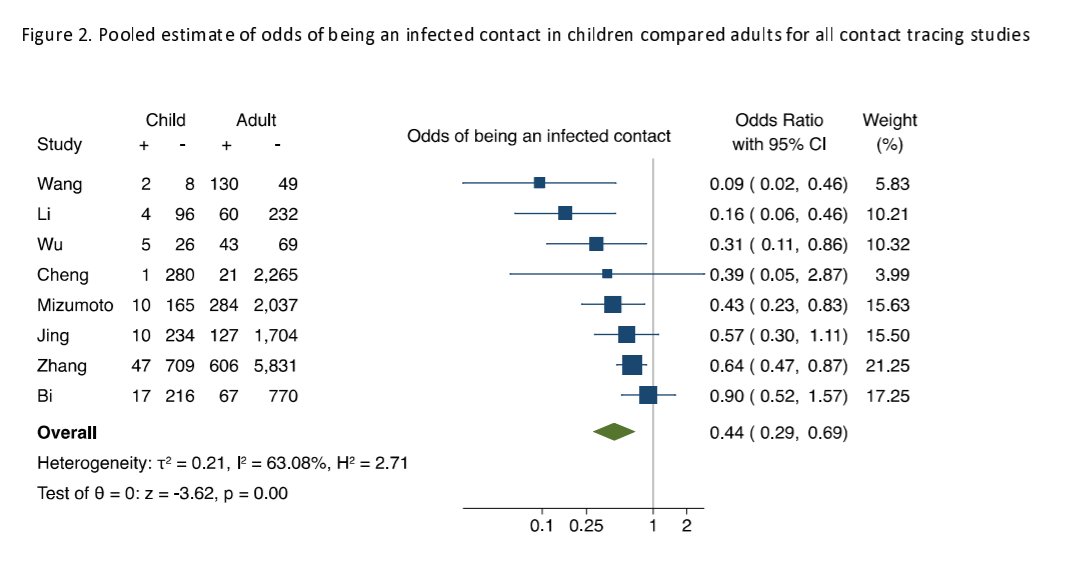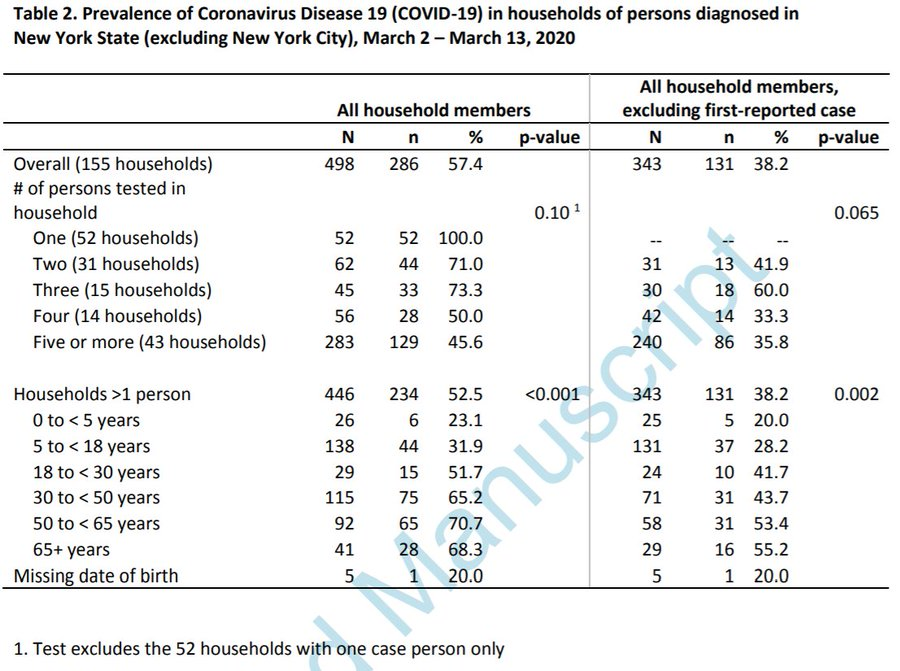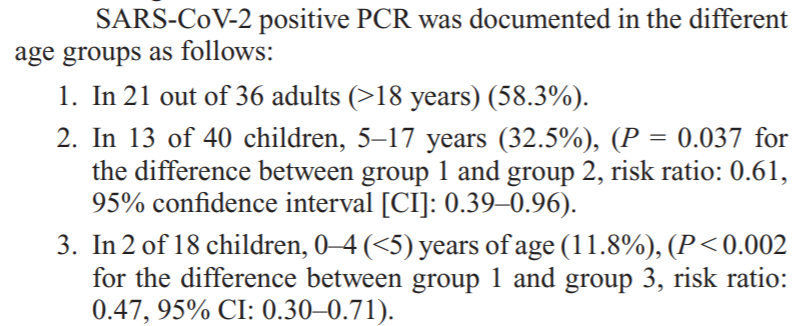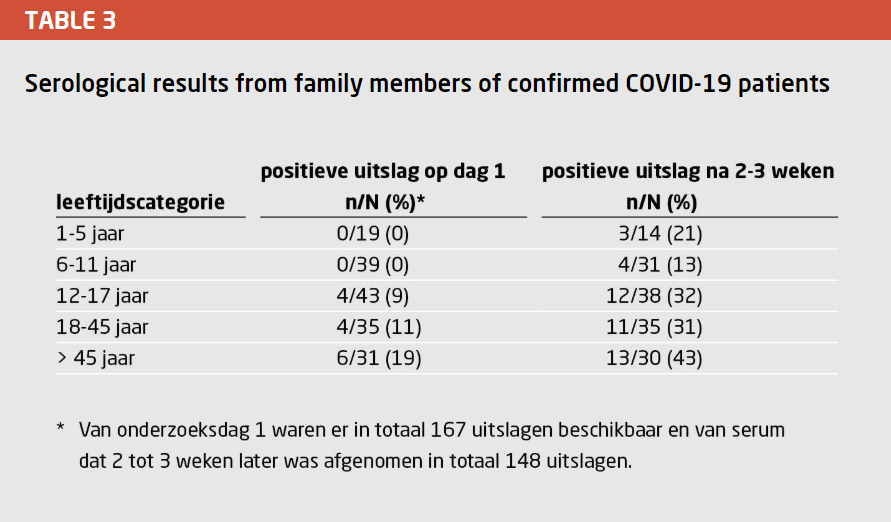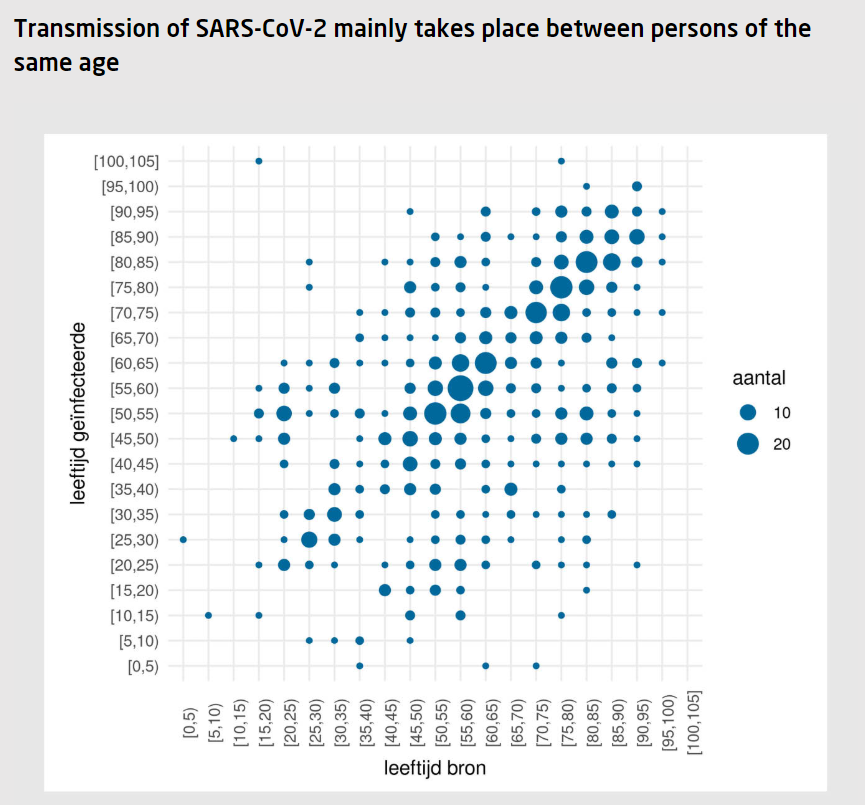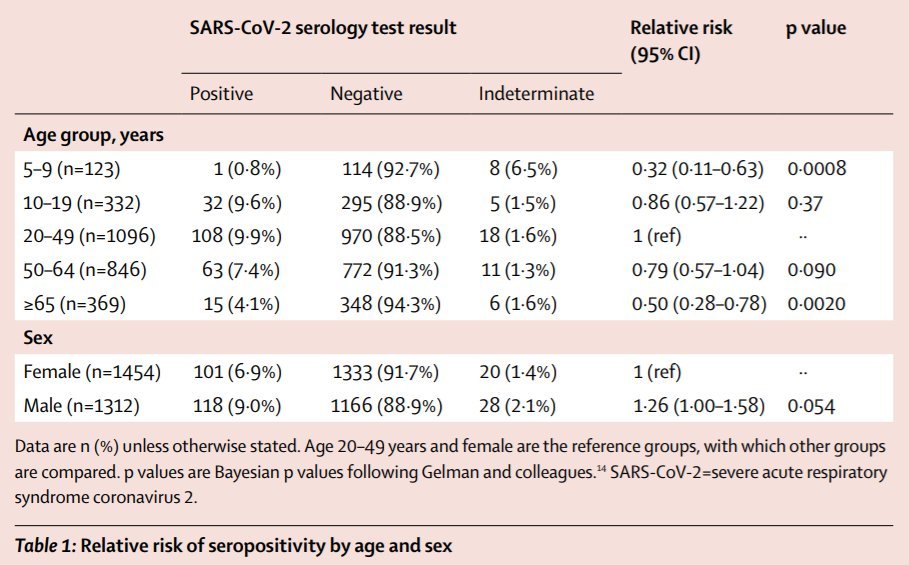It& #39;s time for another quick update on paediatric #COVID19 evidence!
Most new information is about transmission so we& #39;ll focus on that for now. It& #39;s pretty interesting!
Lets take a look...
#FOAMed #tweetorial
1/9
Most new information is about transmission so we& #39;ll focus on that for now. It& #39;s pretty interesting!
Lets take a look...
#FOAMed #tweetorial
1/9
First, pre-print systematic review of transmission (search on May 16th)
https://www.medrxiv.org/content/10.1101/2020.05.20.20108126v1
I">https://www.medrxiv.org/content/1... won& #39;t go into depth as all studies covered in a previous thread, however useful meta-analysis of contact tracing studies
OR = 0.44 of infection in children compared to adults
2/9
https://www.medrxiv.org/content/10.1101/2020.05.20.20108126v1
I">https://www.medrxiv.org/content/1... won& #39;t go into depth as all studies covered in a previous thread, however useful meta-analysis of contact tracing studies
OR = 0.44 of infection in children compared to adults
2/9
This is conservative as they use raw Odds Ratios, not those adjusted for contact type from initial studies
Some criticisms of these include potential lack of testing of non-symptomatic children missing cases
Well fortunately we& #39;ve got some new evidence there...
3/9
Some criticisms of these include potential lack of testing of non-symptomatic children missing cases
Well fortunately we& #39;ve got some new evidence there...
3/9
Here are 2 studies which both tested all household contacts regardless of symptoms
Israel
https://journals.lww.com/pidj/Abstract/9000/The_Role_of_Children_in_the_Dynamics_of_Intra.96128.aspx
New">https://journals.lww.com/pidj/Abst... York
https://academic.oup.com/jpids/advance-article/doi/10.1093/jpids/piaa070/5849922
Both">https://academic.oup.com/jpids/adv... found children half as likely to become infected as adults
How about false negatives as difficult to swab kids?
4/9
Israel
https://journals.lww.com/pidj/Abstract/9000/The_Role_of_Children_in_the_Dynamics_of_Intra.96128.aspx
New">https://journals.lww.com/pidj/Abst... York
https://academic.oup.com/jpids/advance-article/doi/10.1093/jpids/piaa070/5849922
Both">https://academic.oup.com/jpids/adv... found children half as likely to become infected as adults
How about false negatives as difficult to swab kids?
4/9
Well in the Netherlands they didn& #39;t rely on swabs. They did serology.
https://www.ntvg.nl/artikelen/de-rol-van-kinderen-de-transmissie-van-sars-cov-2/volledig
Guess">https://www.ntvg.nl/artikelen... what? Same thing!
Young children about 50% as likely to get infected as adults/teens in household
5/9
https://www.ntvg.nl/artikelen/de-rol-van-kinderen-de-transmissie-van-sars-cov-2/volledig
Guess">https://www.ntvg.nl/artikelen... what? Same thing!
Young children about 50% as likely to get infected as adults/teens in household
5/9
Same study looked at infection pairs from a national database to see who was infecting who.
Almost all transmission adult to adult. Minimal child to adult or child to child.
6/9
Almost all transmission adult to adult. Minimal child to adult or child to child.
6/9
Finally a revisit to a sero-prevalence study from Switzerland (prev seen as pre-print)
Population tested in Geneva and results adjusted and extrapolated for population estimates
#seccestitle10">https://www.thelancet.com/journals/lancet/article/PIIS0140-6736(20)31304-0/fulltext?utm_campaign=tlcoronavirus20&utm_content=131614326&utm_medium=social&utm_source=twitter&hss_channel=tw-27013292 #seccestitle10
Children">https://www.thelancet.com/journals/... <10yrs had Odds of 0.32 for being infected compared to adults
7/9
Population tested in Geneva and results adjusted and extrapolated for population estimates
#seccestitle10">https://www.thelancet.com/journals/lancet/article/PIIS0140-6736(20)31304-0/fulltext?utm_campaign=tlcoronavirus20&utm_content=131614326&utm_medium=social&utm_source=twitter&hss_channel=tw-27013292 #seccestitle10
Children">https://www.thelancet.com/journals/... <10yrs had Odds of 0.32 for being infected compared to adults
7/9
Studies are consistently finding children get infected less easily than adults (however you look for it) and good size sero-epidemiology finding lower numbers of younger children have been infected
Super spreaders? Doesn& #39;t look like it.
8/9
Super spreaders? Doesn& #39;t look like it.
8/9
For all this and more on paediatric #COVID19 evidence, check out our review (in collaboration with the RCPCH) of ALL the published evidence so far on @DFTBubbles
Thanks for reading!
9/9 https://dontforgetthebubbles.com/evidence-summary-paediatric-covid-19-literature/">https://dontforgetthebubbles.com/evidence-...
Thanks for reading!
9/9 https://dontforgetthebubbles.com/evidence-summary-paediatric-covid-19-literature/">https://dontforgetthebubbles.com/evidence-...

 Read on Twitter
Read on Twitter